
OPEC Output Inches Down
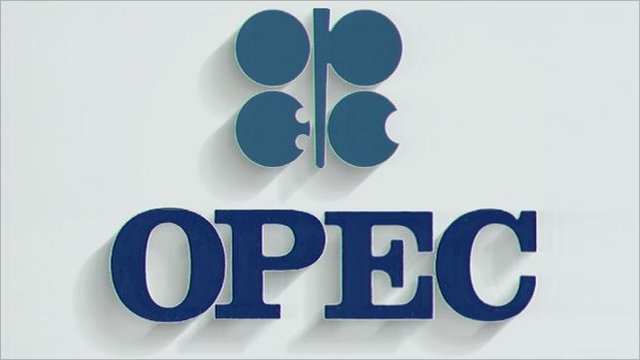
Total output by the Organization of Petroleum Exporting Countries fell 221,000 barrels per day to 33.1 million bpd from November, the December report showed, citing secondary sources, AFP reported.
Under the landmark November 30 deal, aimed at reducing a global supply glut that depressed oil prices, OPEC is meant to slash its output ceiling to 32.5 million bpd.

Kingpin Saudi Arabia bore the brunt of the cut in December, lowering output by 149,000 bpd to 10.5 million bpd. Algeria, Ecuador, Gabon, Nigeria, Qatar, UAE and Venezuela also reduced production.
However Iraq, OPEC's second biggest producer, ramped up output by 43,000 bpd to 4.6 million bpd. Iran's output rose 10,000 bpd to 3.7 million bpd and Kuwait by 2,000 bpd to 2.8 million bpd.
Under the deal, Saudi Arabia is to cut production to 10.1 million bpd, Iraq to 4.4 million bpd, Kuwait to 2.7 million bpd and UAE to 2.9 million bpd, according to OPEC.
Iran, able to export crude freely again following the lifting of sanctions under a 2015 nuclear deal with major powers, can ramp up output to 3.8 million bpd. Libya and Nigeria are exempt from the accord, while Indonesia has suspended its membership.
On December 10, OPEC also struck an agreement with countries outside the group, most notably Russia but not the United States, for them to reduce production by 558,000 bpd.
On Sunday a monitoring committee charged with tracking adherence to that deal is due to meet in Vienna for the first time.
Both deals boosted oil prices by around 20% to above $50 per barrel, but gains have been capped by unease about implementation and rising US shale production thanks to the higher prices.
Both agreements are valid for six months and extendable for another six months.
Saudi Arabia's Energy Minister Khaled al-Falih said Monday it was "unlikely" that an extension would be necessary, pointing to a pick-up in global demand.
As well as reporting lower output from its own members, OPEC cut its forecast of supply in 2017 from non-member countries following pledges by Russia and other non-members to join OPEC in limiting output.
OPEC now expects non-OPEC supply to rise by 120,000 bpd this year, down from growth of 300,000 bpd last month.


Codelco seeks restart at Chilean copper mine after collapse

Uzbek gold miner said to eye $20 billion value in dual listing

Hudbay snags $600M investment for Arizona copper project
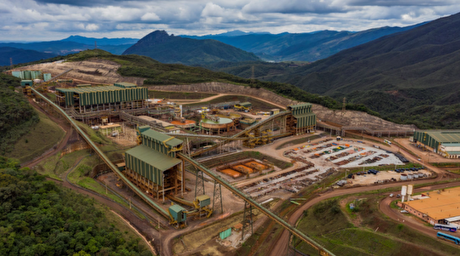
BHP, Vale offer $1.4 billion settlement in UK lawsuit over Brazil dam disaster, FT reports

Peabody–Anglo $3.8B coal deal on the brink after mine fire

A global market based on gold bars shudders on tariff threat

Minera Alamos buys Equinox’s Nevada assets for $115M

SSR Mining soars on Q2 earnings beat

Century Aluminum to invest $50M in Mt. Holly smelter restart in South Carolina

Cleveland-Cliffs inks multiyear steel pacts with US automakers in tariff aftershock
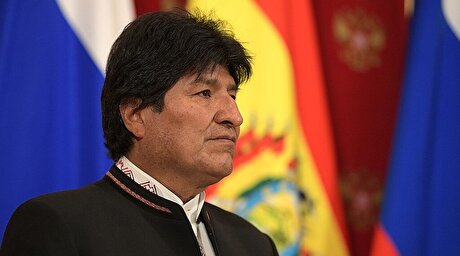
Bolivia election and lithium: What you need to know

Samarco gets court approval to exit bankruptcy proceedings
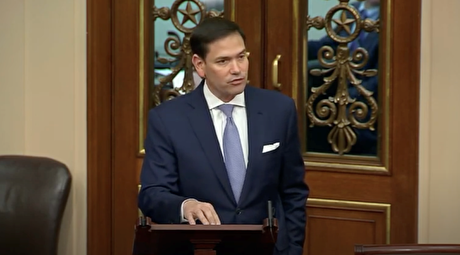
US eyes minerals cooperation in province home to Reko Diq

Allegiant Gold soars on 50% financing upsize

Explaining the iron ore grade shift

Metal markets hold steady as Trump-Putin meeting begins
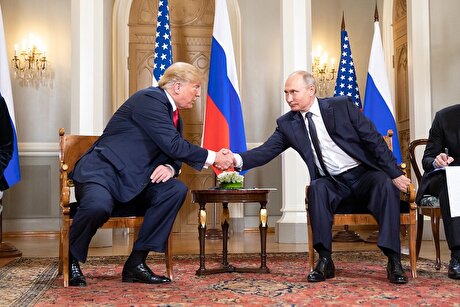
Trump to offer Russia access to minerals for peace in Ukraine

Gemfields sells Fabergé luxury brand for $50 million

Gold price stays flat following July inflation data

Cleveland-Cliffs inks multiyear steel pacts with US automakers in tariff aftershock

Bolivia election and lithium: What you need to know

Samarco gets court approval to exit bankruptcy proceedings

US eyes minerals cooperation in province home to Reko Diq

Allegiant Gold soars on 50% financing upsize

Explaining the iron ore grade shift

Metal markets hold steady as Trump-Putin meeting begins

Trump to offer Russia access to minerals for peace in Ukraine

Gemfields sells Fabergé luxury brand for $50 million














